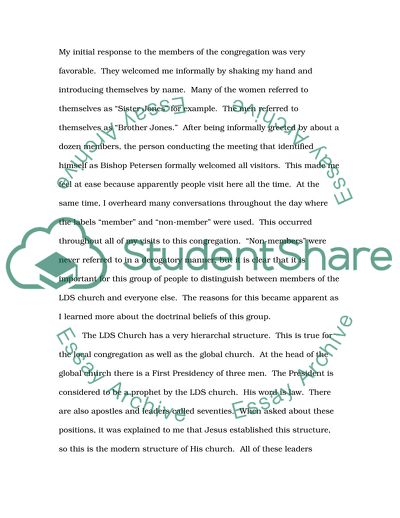Cite this document
(Ethnography Analysis of LDS Missionaries Essay Example | Topics and Well Written Essays - 2000 words - 4, n.d.)
Ethnography Analysis of LDS Missionaries Essay Example | Topics and Well Written Essays - 2000 words - 4. https://studentshare.org/anthropology/1769849-ethnography
Ethnography Analysis of LDS Missionaries Essay Example | Topics and Well Written Essays - 2000 words - 4. https://studentshare.org/anthropology/1769849-ethnography
(Ethnography Analysis of LDS Missionaries Essay Example | Topics and Well Written Essays - 2000 Words - 4)
Ethnography Analysis of LDS Missionaries Essay Example | Topics and Well Written Essays - 2000 Words - 4. https://studentshare.org/anthropology/1769849-ethnography.
Ethnography Analysis of LDS Missionaries Essay Example | Topics and Well Written Essays - 2000 Words - 4. https://studentshare.org/anthropology/1769849-ethnography.
“Ethnography Analysis of LDS Missionaries Essay Example | Topics and Well Written Essays - 2000 Words - 4”. https://studentshare.org/anthropology/1769849-ethnography.


